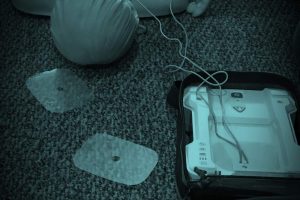
Introduction: Cardiac arrest results in a high death rate if cardiopulmonary resuscitation and early defibrillation are not performed. Mortality is strongly linked to regulations, in terms of prevention and emergency-urgency system organization. In Italy, training of lay rescuers and the presence of defibrillators were recently made mandatory in schools. This study aimed to analyse Out-of-Hospital Cardiac Arrest (OHCA) events in pediatric patients (under 18 years old), to understand the epidemiology of this phenomenon and provide helpful evidence for policy-making.
Methods: A retrospective observational analysis was conducted on the emergency databases of Lombardy Region, considering all pediatric OHCAs managed between 1 January 2016, and 31 December 2019. The demographics of the patients and the logistics of the events were statistically analyzed.
Results: The incidence in paediatric subjects was 4.5 (95% CI 3.6-5.6) per 100,000 of the population. School buildings and sports facilities had relatively few events (1.9% and 4.4%, respectively), while 39.4% of OHCAs were preventable, being due to violent accidents or trauma, mainly occurring on the streets (23.2%).
Conclusions: Limiting violent events is necessary to reduce OHCA mortality in children. Raising awareness and giving practical training to citizens is a priority in general but specifically in schools.






